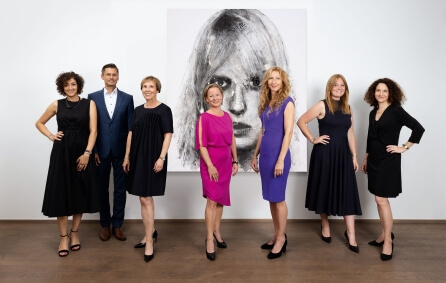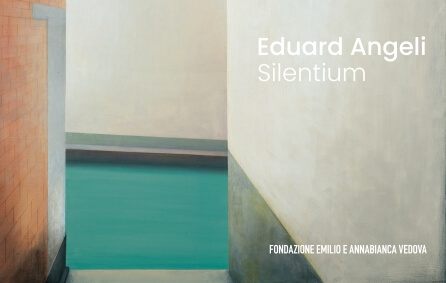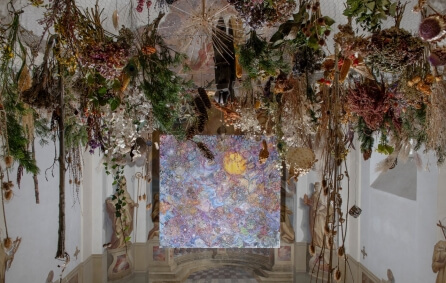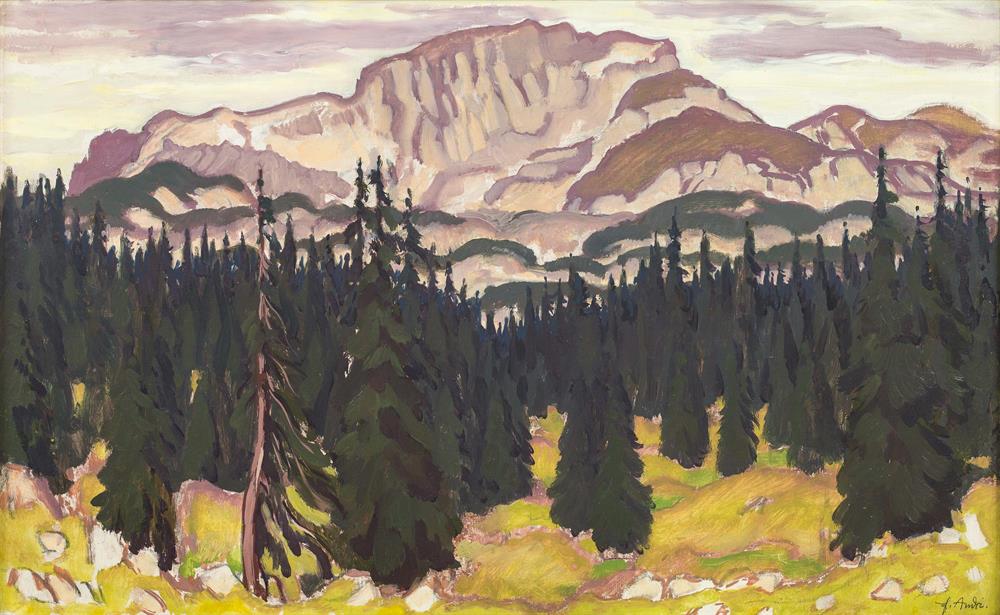
Ferdinand Andri
The following artworks are for sale
Biography
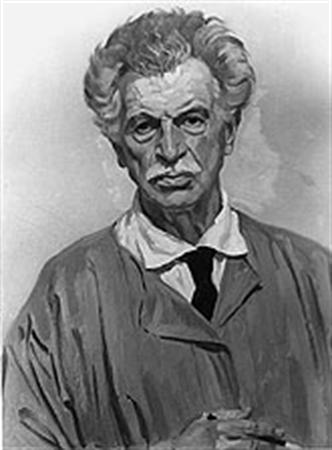
Ferdinand Andri was born in Waidhofen an der Ybbs in 1871 as the son of a gilder. After a two-year apprenticeship with a woodcarver and altar builder near Linz, he studied at the Vienna Academy under Julius Victor Berger, Eduard von Lichtenfels and August Eisenmenger. Still at the academy at the age of only nineteen Andri received his first award. A move to the Karlsruhe Art School may have been due to the rather conservative training in Vienna. Study trips took the young artist to Italy, France, England and North America. In 1897 he married the painter Charlotte Hampel. From 1899 to 1909 he was a member of the Vienna Secession and from 1905 to 1906 president of the association. During this time he also worked on the magazine "Ver Sacrum". The 1904 World's Fair in St. Louis, Missouri, the so-called Louisiana Purchase Exhibition, brought Andri great fame. He decorated the Austrian pavilion with a 240 m² wall fresco. The artist's cosmopolitan sense of art prevented him from being appointed as a teacher at the Vienna Academy. Archduke Franz Ferdinand personally vetoed the appointment; Andri's art seemed too progressive to him.
The artist spent the First World War as a war painter for the imperial and royal war press quarters and as an officer. He was an officer in Montenegro, Albania, Galicia, Dalmatia and on the Alpine front in South Tyrol. After the end of the war in 1918, he moved to St. Pölten, the town of his mother's birth, where he had already spent his school years as a youth. In 1919, his appointment as professor at the Academy was finally granted. His career took him from the head of a master class for painting to the prorectorate, and after the annexation of Austria to the German Reich he became chairman of the provisional management of the Academy and took over the master class for fresco painting from 1939 to 1945. In 1945, the artist's studio and flat were destroyed in a bombing raid, in the process the artist's wife lost her life, and large parts of his oeuvre were destroyed. In 1950, the artist gave all the works still in his possession to the city of St. Pölten, which can now be seen in their entirety in the City Museum. In 1956 the artist died in Vienna and was buried in St. Pölten.
In his numerous studies and genre paintings, Ferdinand Andri captured the life and traditions of Lower Austrian farmers. Thematically influenced by the landscape and folk life of his homeland, his works are decorative and colourful; Andri's oeuvre includes wood sculpture, the monumental mural, the representative portrait and paintings from the peasant milieu; he also strove to revive ecclesiastical art. In addition to the St. Pölten museum mentioned above, works by the artist can be found in the LENTOS Kunstmuseum Linz, in several Viennese museums, including the Belvedere, the Leopold Museum, the Graphic Arts Collection of the Albertina, the Museum of Applied Arts, the Wien Museum and the Museum of Military History. In addition, the Museum Niederösterreich and the Berlin National Gallery also have works by the artist.

